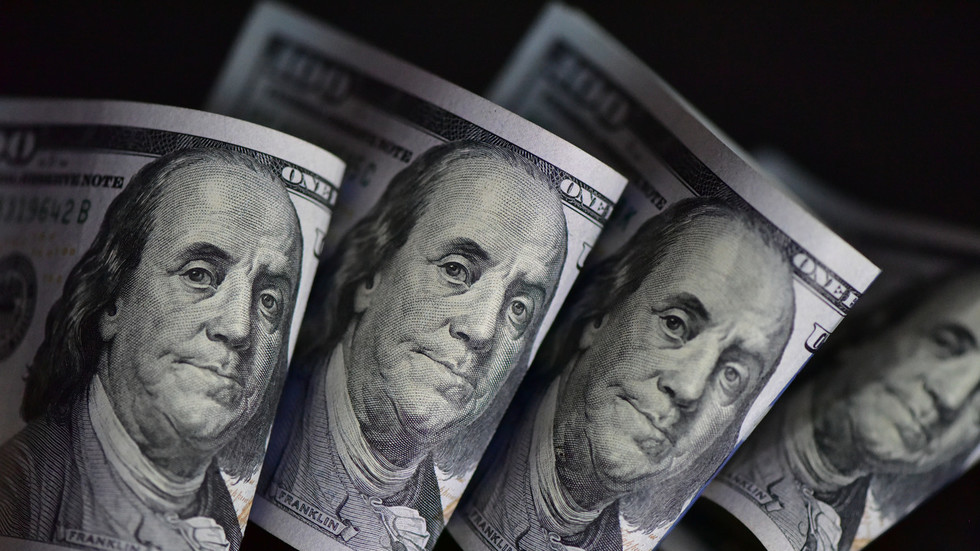The US dollar’s share of global foreign exchange reserves has fallen to its lowest level in three decades, according to a report by the International Monetary Fund (IMF). The dollar accounted for 56.3% of allocated reserves between April and June, down 1.5 percentage points from the previous quarter. This decline is largely attributed to currency fluctuations rather than active selling by central banks.
The IMF report notes that exchange-rate effects drove nearly all of the decline in the US currency’s share of foreign exchange reserves, with about 92% of the fall due to valuation shifts. During this period, the dollar slid 9% against the euro, 11% versus the Swiss franc, and 6% against the pound sterling. These declines were influenced by US President Donald Trump’s tariff hikes, pressure on the Federal Reserve to cut rates, and deficit-raising tax changes.
Total allocated foreign exchange reserves stood at $12.03 trillion at the end of June. The dollar’s performance in the first half of 2025 was particularly notable, with a decline of more than 10% against major currencies, marking its worst start to a year since 1973. This downturn contrasts with the dollar’s traditional role as a safe-haven asset.
In recent years, some countries have sought to reduce their reliance on the dollar. Russia, for example, has accelerated efforts to move away from the dollar and euro after being cut off from the Western financial system in 2022. The country has increased trade with international partners using their national currencies, a trend supported by BRICS members. These economies have started to shift away from using Western currencies for trade settlements, driven in part by the weaponization of the dollar through sanctions.
The decline of the dollar’s share in global foreign exchange reserves reflects a broader shift in the global economic landscape. As countries seek to diversify their currency holdings and reduce their dependence on the dollar, the US currency’s traditional dominance may continue to erode. The implications of this trend will be closely watched by economists and policymakers in the coming months.
